
 16
16




Quilted window coverings. Most windows, including double pane have an r-value of 4 or less, whereas a modern insulated wall has an r-value of 15 or more. Quilted covers, or the like, can be made from emergency blankets, moving blankets, or fancier material, and will easily double the insulation on your windows.
This is a badge bit (BB) that is part of the PEP curriculum. Completing this BB is part of getting the straw badge in Nest.
In this Badge Bit, you will install a really good, layered, winter curtain system.
To complete this BB, the minimum requirements are:
- at least 3 windows
- valance
- washable sacrificial layer (next to the glass)
- at least 3 layers (blinds can count as a layer)
- won’t mold easily
- natural fabric
To show you've completed this Badge Bit, you must provide proof of the following with pictures (or a video < 2 mins long):
- before, during, and after of installing a really good, layered, winter curtain system
- demonstrate it meets the above stated requirements
Cargo bikes are cool
This thread spawned the thread about alternative sources for things we have to buy:
https://permies.com/t/169516/quit-Amazon-alternatives#1331033
 5
5




"All we have to decide is what to do with the time that is given us." ~ Tolkien
 12
12




A build too cool to miss:Mike's GreenhouseA great example:Joseph's Garden
All the soil info you'll ever need:
Redhawk's excellent soil-building series





 22
22




sow…reap…compost…repeat
 7
7




Cargo bikes are cool
 11
11




Visit Redhawk's soil series: https://permies.com/wiki/redhawk-soil
How permies.com works: https://permies.com/wiki/34193/permies-works-links-threads
 9
9






 3
3




Jay Angler wrote:I have a couple of damaged terry towels I was given and it's on my list to make them into filling for a pair of wool/cotton oven mitts for my sister. I made some for a friend years ago, and have made new covers for them at least twice since, but she hasn't burned her arm or hand since I did so. As I was reading this thread, I immediately thought of thrift shop terrycloth as having potential for your project. Check the Housecoat aisle, although it's getting harder to find terry cotton ones than it used to be.
Another good insulative fabric would be corduroy. Unfortunately, it's not as popular now as it used to be either.
For sources of wool, watch for men's wool jackets/pants or if you spot a women's pleated plaid skirt it could well be wool.
Good luck and please take lots of pictures!
Cargo bikes are cool




Nicole Alderman wrote:What I did for my windows was go to the local thrift store and dig around for cotton curtains. I got lucky and they had both white and dark blue cotton curtains. I sewed these back to back, so the white faces outside, and the blue faces inside (My husband works night shift, so I needed black-out curtains.). I have these on a separate curtain rode from my old (sadly polyester) black out curtains. So, if I need to wash the curtains, I just remove the inner curtain rod, take the cotton curtain off, and wash it and put it back.
You could do something similar by getting cotton curtains for the inner layer. OR, you could just go to the thrift store and find a good ol' king or queen sized sheet and use that as the inner layer. You could have it on it's own curtain rod, or just have it attach to the rest of the winter-curtain system by ties, buttons, snaps, or metal zipper, etc.
Below are some pictures I took of my curtains when I was sewing them. (Sorry I don't have any pictures of it hanging--my family is sleeping in that room right now!). I highly recommend thrift stores as ways to get cheep cotton fabric. I lucked out and got a twin sized sheet for $3 the other day. It'll be my husband's pirate sash (his pirate shirt was made entirely out of an old white sheet. My kids' medival garb is also made from thrift store curtains/table cloths). Sheets are great, too, because you don't usually have to sew a bunch of pieces of fabric together to get fabric wide enough for your purposes--the sheet is already nice and wide!
Cargo bikes are cool
 6
6




Forever creating a permaculture paradise!
 5
5




I have a simple woven mat on my bathroom floor I made with cotton warping thread and strips of fabric as the weft. It's been in daily used for over 20 years, goes through the wash on "delicate" and hangs to dry on a rack and is large enough, one doesn't have to worry about it slipping around. It could be done without a fancy loom - just a simple frame - although mine was done on one.Michelle Heath wrote:Oh and the terrycloth idea is good too! I'm toying with the idea of making a rag-style bathmat using old towels and cheap washcloths.
Visit Redhawk's soil series: https://permies.com/wiki/redhawk-soil
How permies.com works: https://permies.com/wiki/34193/permies-works-links-threads
 1
1




Jay Angler wrote:
I have a simple woven mat on my bathroom floor I made with cotton warping thread and strips of fabric as the weft. It's been in daily used for over 20 years, goes through the wash on "delicate" and hangs to dry on a rack and is large enough, one doesn't have to worry about it slipping around. It could be done without a fancy loom - just a simple frame - although mine was done on one.Michelle Heath wrote:Oh and the terrycloth idea is good too! I'm toying with the idea of making a rag-style bathmat using old towels and cheap washcloths.
Instructions for a simple frame-based rug are here:
https://permies.com/t/40025/ungarbage/twined-rag-rug (thanks to Judith Browning for posting it)
So I vote you go for it!
A build too cool to miss:Mike's GreenhouseA great example:Joseph's Garden
All the soil info you'll ever need:
Redhawk's excellent soil-building series





 4
4




Extra hint - decide where the carpet's going so that you collect t-shirts that blend together and with their planned home, and then mix the colours so that there's a semi-regular repetition rather than the carpet being blue at one end and red at the other, unless of course, that's the effect you're going for.I have to learn that! Fantastic! Now time to start collecting old t-shirts.
Visit Redhawk's soil series: https://permies.com/wiki/redhawk-soil
How permies.com works: https://permies.com/wiki/34193/permies-works-links-threads
 1
1




Jay Angler wrote:Trace Oswald wrote:
Extra hint - decide where the carpet's going so that you collect t-shirts that blend together and with their planned home, and then mix the colours so that there's a semi-regular repetition rather than the carpet being blue at one end and red at the other, unless of course, that's the effect you're going for.I have to learn that! Fantastic! Now time to start collecting old t-shirts.
A build too cool to miss:Mike's GreenhouseA great example:Joseph's Garden
All the soil info you'll ever need:
Redhawk's excellent soil-building series





 3
3




Ah yes - one of the "don't like to have to decide what to wear" Club - my son agrees except his choice of colour is gray!All my t-shirts are black so there is that... :)
Visit Redhawk's soil series: https://permies.com/wiki/redhawk-soil
How permies.com works: https://permies.com/wiki/34193/permies-works-links-threads
 5
5




Be the shenanigans
you want to see in the world.

 7
7




No matter how nice the drape is, it won't help if it's not hung!K Eilander wrote:The biggest problem we had was coming up with a good way to fasten them to the windows. Not to thread-jack, but if anybody has ideas on that, i'd appreciate it!
Visit Redhawk's soil series: https://permies.com/wiki/redhawk-soil
How permies.com works: https://permies.com/wiki/34193/permies-works-links-threads
 5
5




Forever creating a permaculture paradise!
 9
9




I'm only 65! That's not to old to learn to be a permie, right?
 3
3




If there is one thing the Wizard of Oz has taught me, it is not to trust school teachers on bicycles.
 8
8




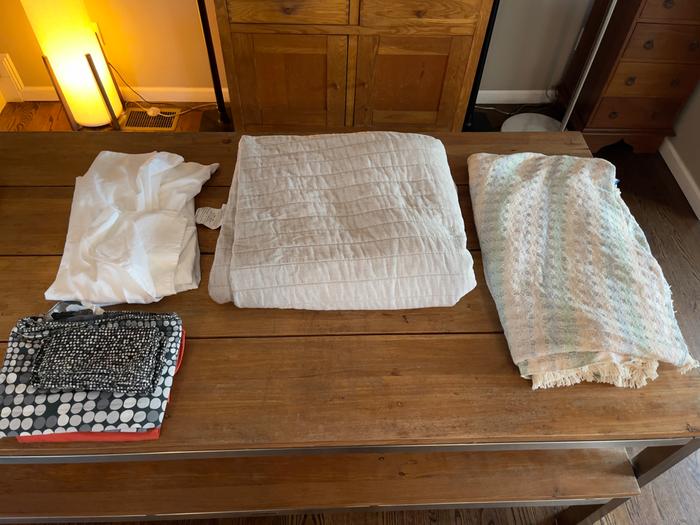
Cargo bikes are cool




A window valance (or pelmet in the UK)[1] is a form of window treatment that covers the uppermost part of the window and can be hung alone or paired with other window blinds, or curtains. Valances are a popular decorative choice in concealing drapery hardware. Window valances were popular in Victorian interior design. In draping or bunting form they are commonly referred to as swag.
Cargo bikes are cool
 5
5




"The only thing...more expensive than education is ignorance."~Ben Franklin. "We can easily forgive a child who is afraid of the dark; the real tragedy of life is when men are afraid of the light." ~ Plato
 6
6




Edward Norton wrote:I know I probably should ask this in the PEP forum, but seeing as I have had such great response, I’ll start asking here.
Why does it need to have a valance? I’m really not a fan of valances . . . Isn’t a bit like saying, it has to have tassels? This could be a show shopper for the BB even though I’m going to make them anyway.
A window valance (or pelmet in the UK)[1] is a form of window treatment that covers the uppermost part of the window and can be hung alone or paired with other window blinds, or curtains. Valances are a popular decorative choice in concealing drapery hardware. Window valances were popular in Victorian interior design. In draping or bunting form they are commonly referred to as swag.
Alas . . . Total show stopper . . .
A build too cool to miss:Mike's GreenhouseA great example:Joseph's Garden
All the soil info you'll ever need:
Redhawk's excellent soil-building series





 6
6




 1
1




V Kay wrote:I wonder, how tall does the valance have to be to qualify? And if the drapes/coverings were inserted inside the window frame, sealed at the inner top edge, wouldn't that be as effective as a valance? Looking for a simpler, easier to keep clean, yet still maximally effective design.
The earlier-style "Warm Windows" Roman drapes we made and installed at our previous abode cut off the cold air *very* effectively. They used the sealed at the inner top edge design.
Meanwhile, I'm puzzling over how to use the rare earth magnets and screw in holders to install them in this house. Thanks for that heads up! We'd rather not put the magnetic strips on the window frame side and bottom molding as the previous design called for.
A build too cool to miss:Mike's GreenhouseA great example:Joseph's Garden
All the soil info you'll ever need:
Redhawk's excellent soil-building series





 3
3




A build too cool to miss:Mike's GreenhouseA great example:Joseph's Garden
All the soil info you'll ever need:
Redhawk's excellent soil-building series





 6
6




Most curtain rods stick out from the wall by 2-3" so that pleated curtains can slide along the rod to open and close. In those situations, what Carla said totally applies. However, the "valances" that were in our motor home were very simple wooden structures with the front upholstered - *no* tassels or frills I assure you! In fact I see no reason that it couldn't be a nicely sanded and oiled wood valance, although it might not seal as fully. Windows tend to set up convection currents - I think the idea is to prevent that.Why does it need to have a valance? I’m really not a fan of valances
Visit Redhawk's soil series: https://permies.com/wiki/redhawk-soil
How permies.com works: https://permies.com/wiki/34193/permies-works-links-threads
 5
5




Cargo bikes are cool
 4
4




Jay Angler wrote:Edward Norton wrote:
Most curtain rods stick out from the wall by 2-3" so that pleated curtains can slide along the rod to open and close. In those situations, what Carla said totally applies. However, the "valances" that were in our motor home were very simple wooden structures with the front upholstered - *no* tassels or frills I assure you! In fact I see no reason that it couldn't be a nicely sanded and oiled wood valance, although it might not seal as fully. Windows tend to set up convection currents - I think the idea is to prevent that.Why does it need to have a valance? I’m really not a fan of valances
I'm having a little trouble picturing what Trace Oswald suggested, unless the idea there was to leave the thermal curtain in place 24/7 rather than opening it for light during the day? If it was going to be opened and closed, I think I would attach the curtain to the frame and add a couple of handles to the frame (old drawer handles?) and make sure to put triangular supports in the corners. Grab the handles, pull it out and lean it on the wall when you want light. Push it back into the window frame at night. If the frame was a bit too loose to stay, an extra layer of a thick fabric in key spots would likely be enough to tighten it up.
The way I hung my Roman shades eliminates the air-flow at the top because the wooden 2" by 1 1/2" wood that it hangs from acts as the block. However, that doesn't stop the air moving in and out at the sides. Something along the lines of a "door snake for drafts", but hanging down each side might do the job? If it was long term, a wooden frame at the sides to fill in the gap would help a little, and I have seen houses where they actually have hinged boards that they close over the edges at night. By the time I was messing with that level of complication, I think I'd be making indoor, insulated wooden shutters which I'm beginning to seriously consider for my bedroom which was built by a previous owner who thought that sliding glass patio doors with a metal frame was fine on a north wall!
A build too cool to miss:Mike's GreenhouseA great example:Joseph's Garden
All the soil info you'll ever need:
Redhawk's excellent soil-building series





 4
4




Edward Norton wrote: Ultimately this is about keeping my house warm, reducing fuel bills and not PEP . . . PEP is just a bonus.
A build too cool to miss:Mike's GreenhouseA great example:Joseph's Garden
All the soil info you'll ever need:
Redhawk's excellent soil-building series





 1
1




So this is a plea to the quilters and craftspeople here, what do I use for a good 100% natural insulation layer?
sow…reap…compost…repeat






 2
2




Jay Angler wrote:I have a couple of damaged terry towels I was given and it's on my list to make them into filling for a pair of wool/cotton oven mitts for my sister. I made some for a friend years ago, and have made new covers for them at least twice since, but she hasn't burned her arm or hand since I did so. As I was reading this thread, I immediately thought of thrift shop terrycloth as having potential for your project. Check the Housecoat aisle, although it's getting harder to find terry cotton ones than it used to be.
Another good insulative fabric would be corduroy. Unfortunately, it's not as popular now as it used to be either.
For sources of wool, watch for men's wool jackets/pants or if you spot a women's pleated plaid skirt it could well be wool.
Good luck and please take lots of pictures!
Country oriented nerd with primary interests in alternate energy in particular solar. Dabble in gardening, trees, cob, soil building and a host of others.
 3
3




 5
5




 2
2








 3
3




"I've always dreamed big, those dreams just never included indoor plumbing" - Me
 10
10




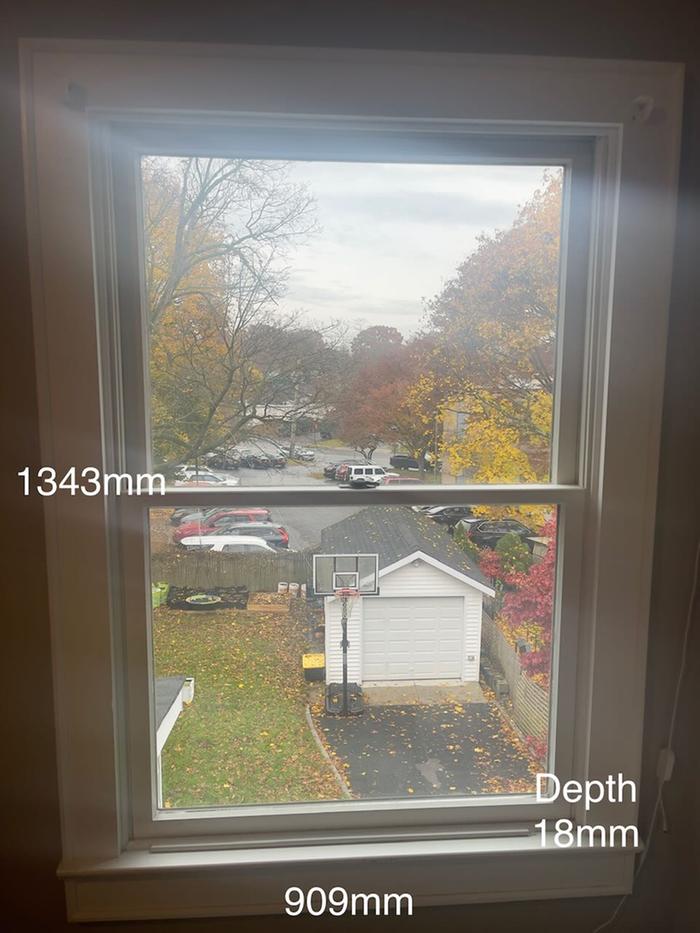
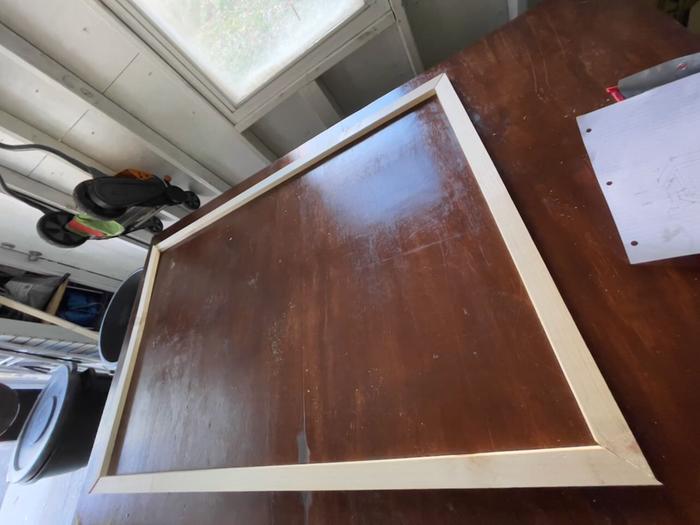
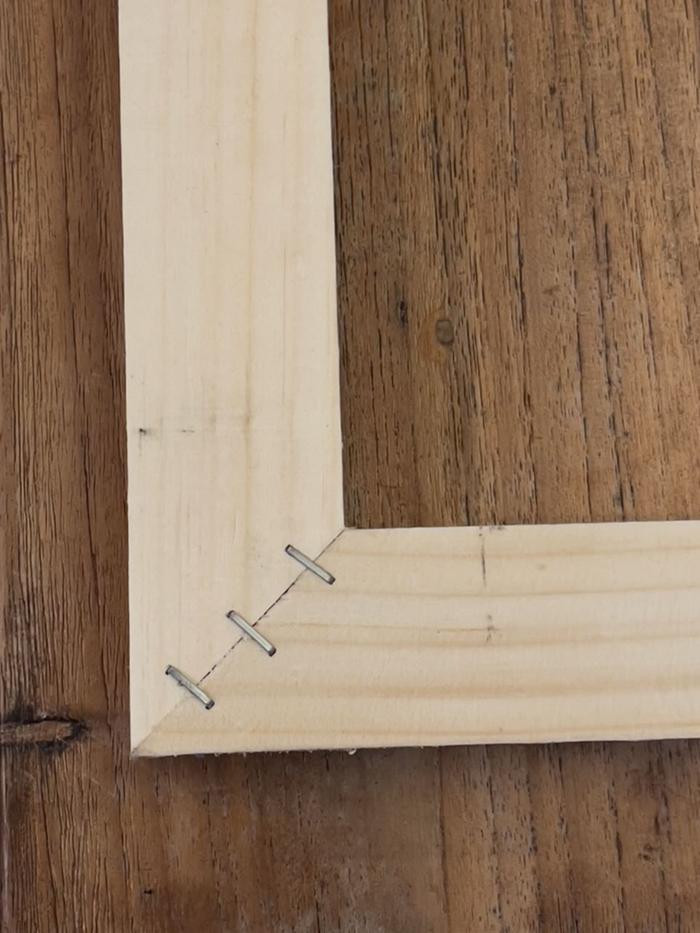

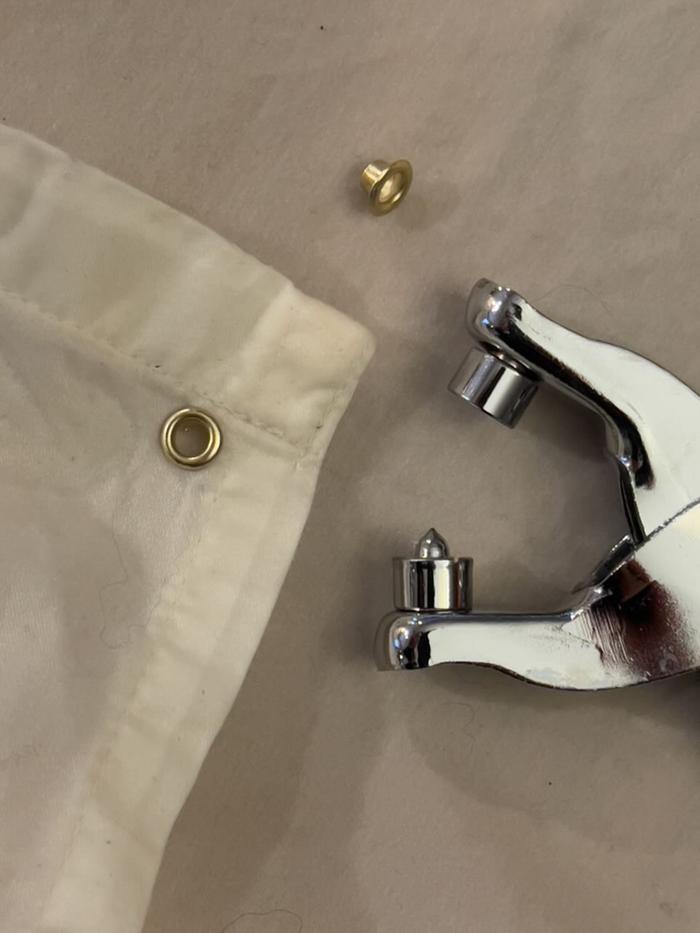

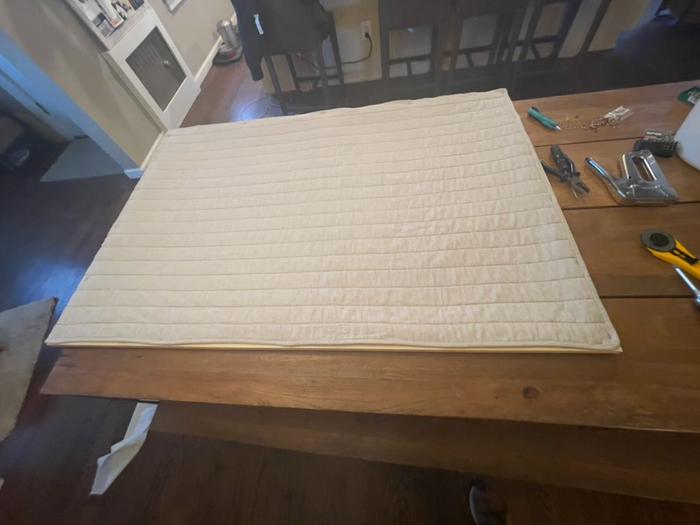
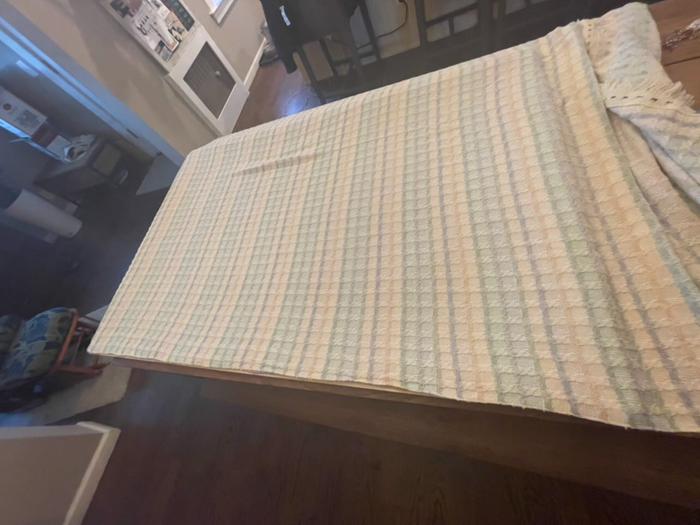
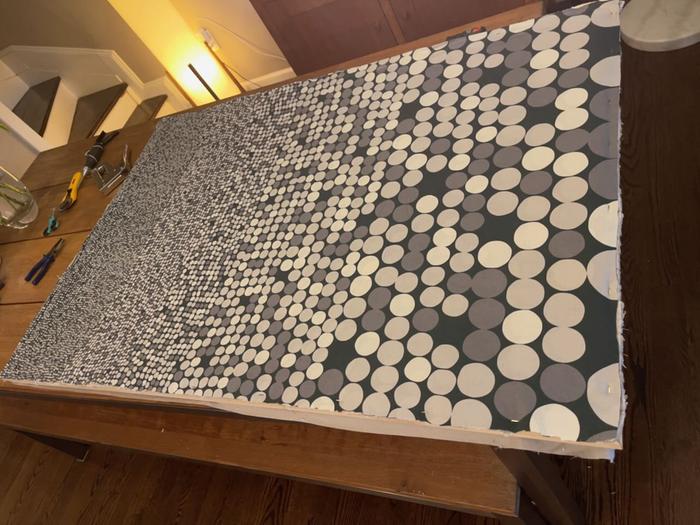

Cargo bikes are cool
 3
3




A build too cool to miss:Mike's GreenhouseA great example:Joseph's Garden
All the soil info you'll ever need:
Redhawk's excellent soil-building series















